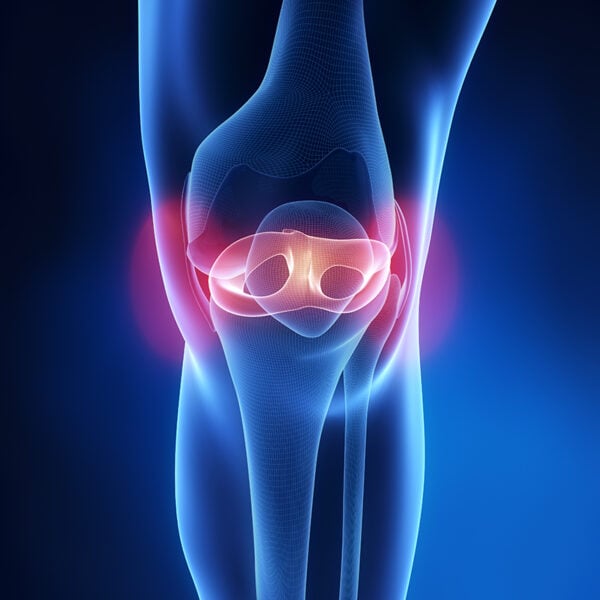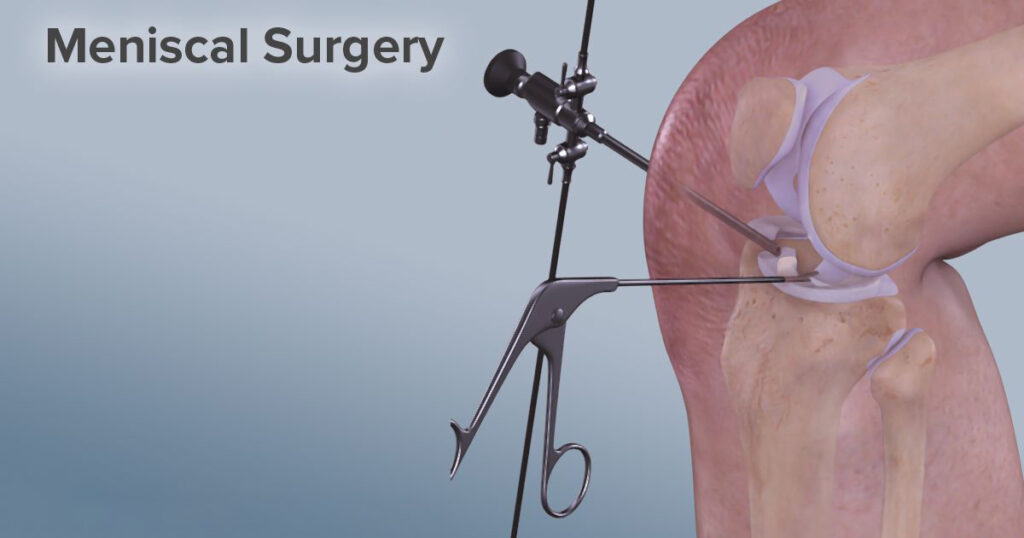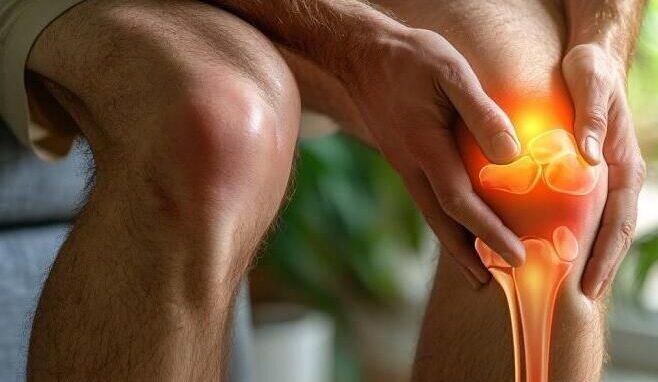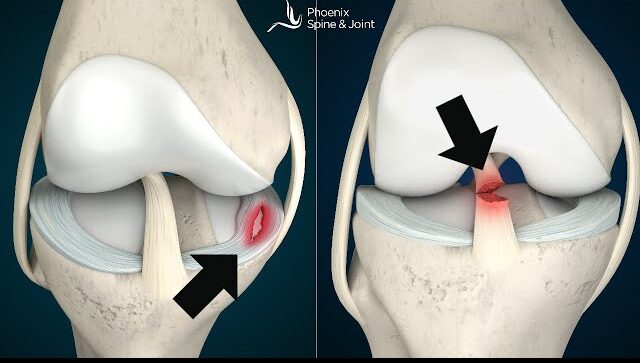MENISCUS REPAIR SURGERY

MENISCUS REPAIR SURGERY
Meniscus repair surgery is a minimally invasive orthopedic procedure aimed at preserving and restoring the function of the meniscus—a C-shaped cartilage in the knee that acts as a shock absorber between the femur and tibia. Unlike meniscectomy (removal of torn tissue), this surgery involves suturing the torn meniscus to promote natural healing, typically performed arthroscopically. It is recommended for younger, active individuals with tears in the vascular (outer) zone of the meniscus, where blood supply supports healing. Recovery involves a structured rehabilitation program and restricted weight-bearing for several weeks to ensure optimal tissue regeneration and knee stability.
- Flexible and fast scheduling
- Regular quality assurance
Here’s how it works:
Diagnosis and Imaging
The process begins with a physical examination and MRI scans to assess the extent, location, and pattern of the meniscus tear. This diagnostic step determines whether the tear is suitable for repair rather than removal.
Arthroscopic Surgery
Surgeons perform the procedure using minimally invasive arthroscopy, involving small incisions and a camera-guided instrument. This approach reduces tissue damage, enhances precision, and supports faster recovery.
Arthroscopic Assessment
The torn meniscus is sutured or anchored using specialized surgical threads or devices, allowing the tissue to heal naturally over time. The repair is typically more effective in the outer “red zone” of the meniscus, which has better blood supply.
Postoperative Rehabilitation
Patients undergo a structured rehabilitation program focusing on gradual weight-bearing, strengthening, and restoring range of motion. Adhering to physical therapy protocols is essential to ensure proper healing and joint stability.
Meniscus repair surgery is commonly used for conditions like

Traumatic Meniscal Tears:
Common in athletes or individuals engaged in high-impact sports involving twisting, pivoting, or sudden stops. These tears often occur in younger patients and may be repairable depending on the location and pattern.

Degenerative Meniscal Tears:
Often seen in older adults due to wear and tear over time. These tears are usually complex and may coexist with osteoarthritis, making them less likely to be suitable for repair and more often treated via partial meniscectomy.

Bucket-Handle Tears:
A large, displaced tear where a portion of the meniscus flips into the joint space, causing locking and restricted motion. These tears frequently require urgent surgical repair.

Longitudinal or Vertical Tears in the Vascular Zone (Red-Red Zone):
Tears in the outer edge of the meniscus, where blood supply is rich, are ideal candidates for repair since healing potential is higher.

Root Tears:
Detachment of the meniscus from its anchor point, often leading to biomechanical failure of the knee joint. These require repair to restore normal load distribution.

Meniscal Injuries Associated with ACL Tears:
Concurrent injuries during high-impact trauma may necessitate simultaneous ACL reconstruction and meniscus repair for comprehensive joint stabilization.
